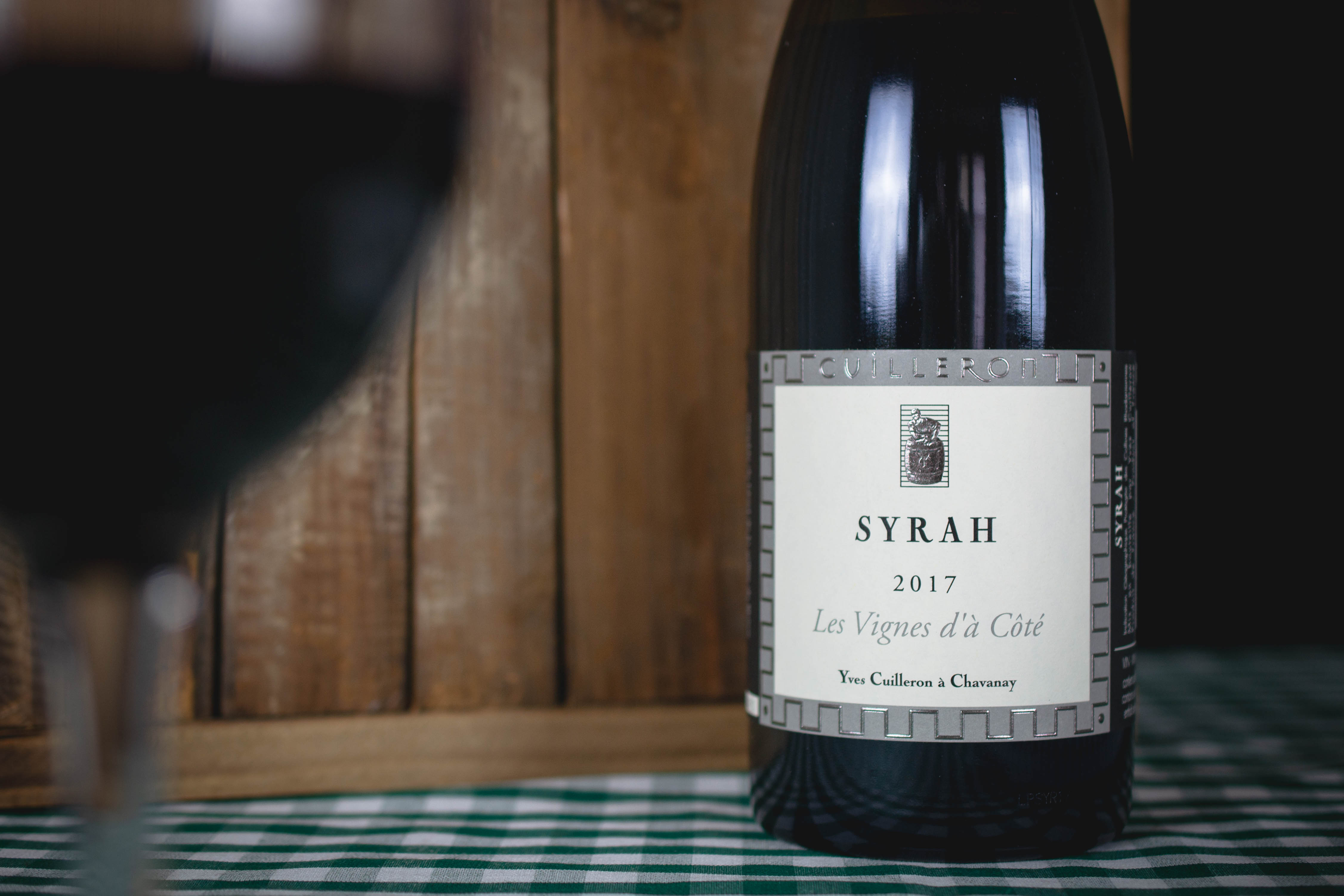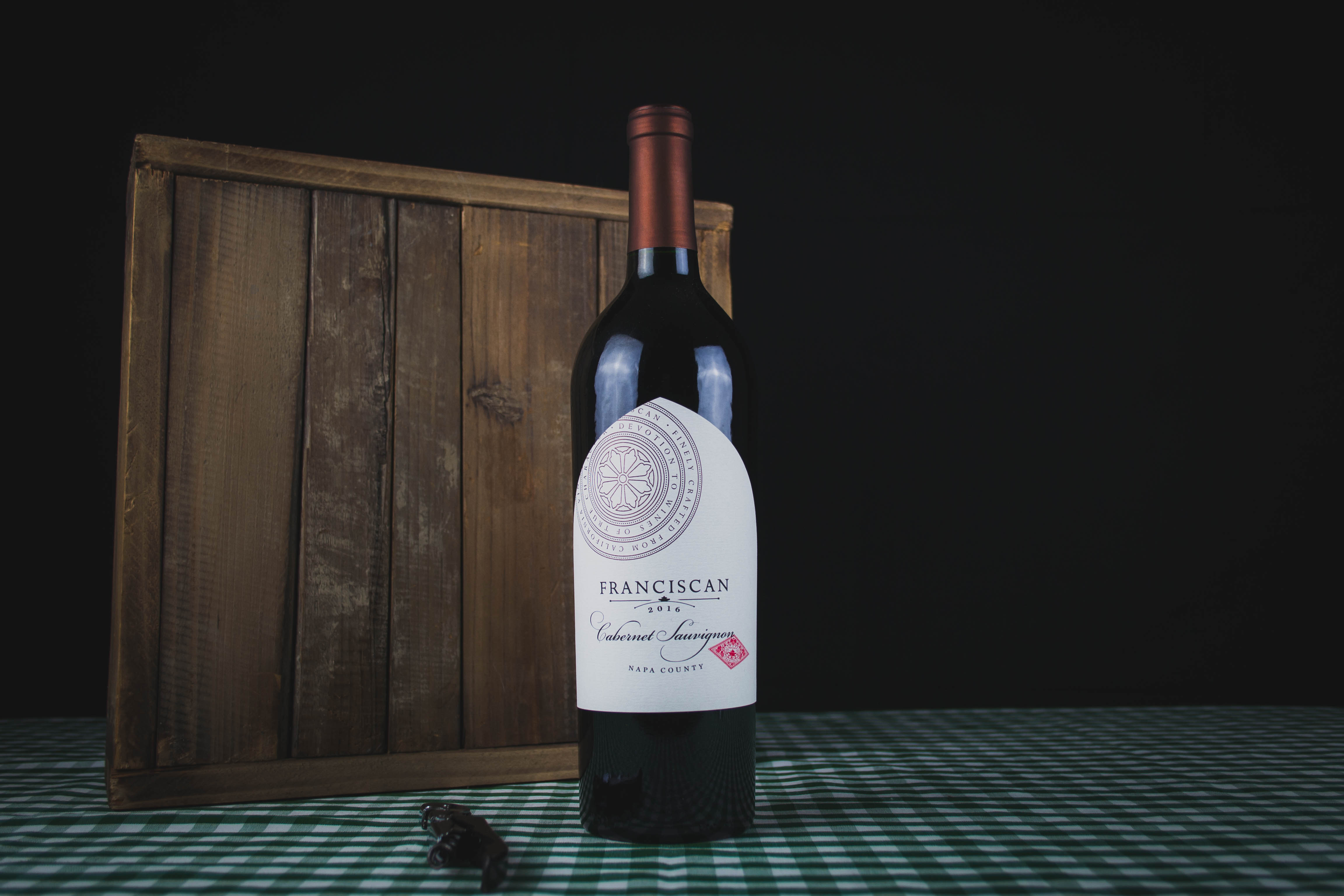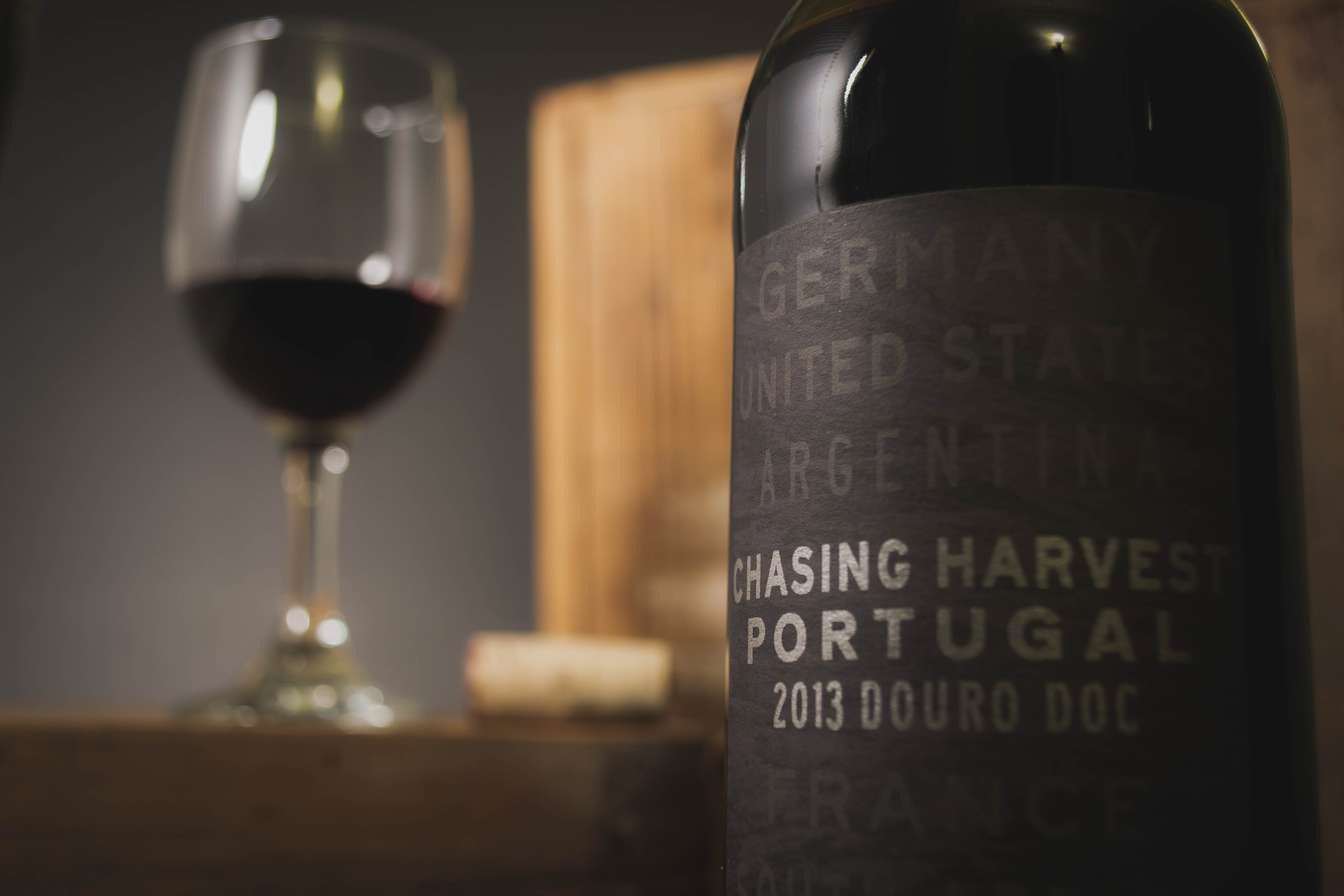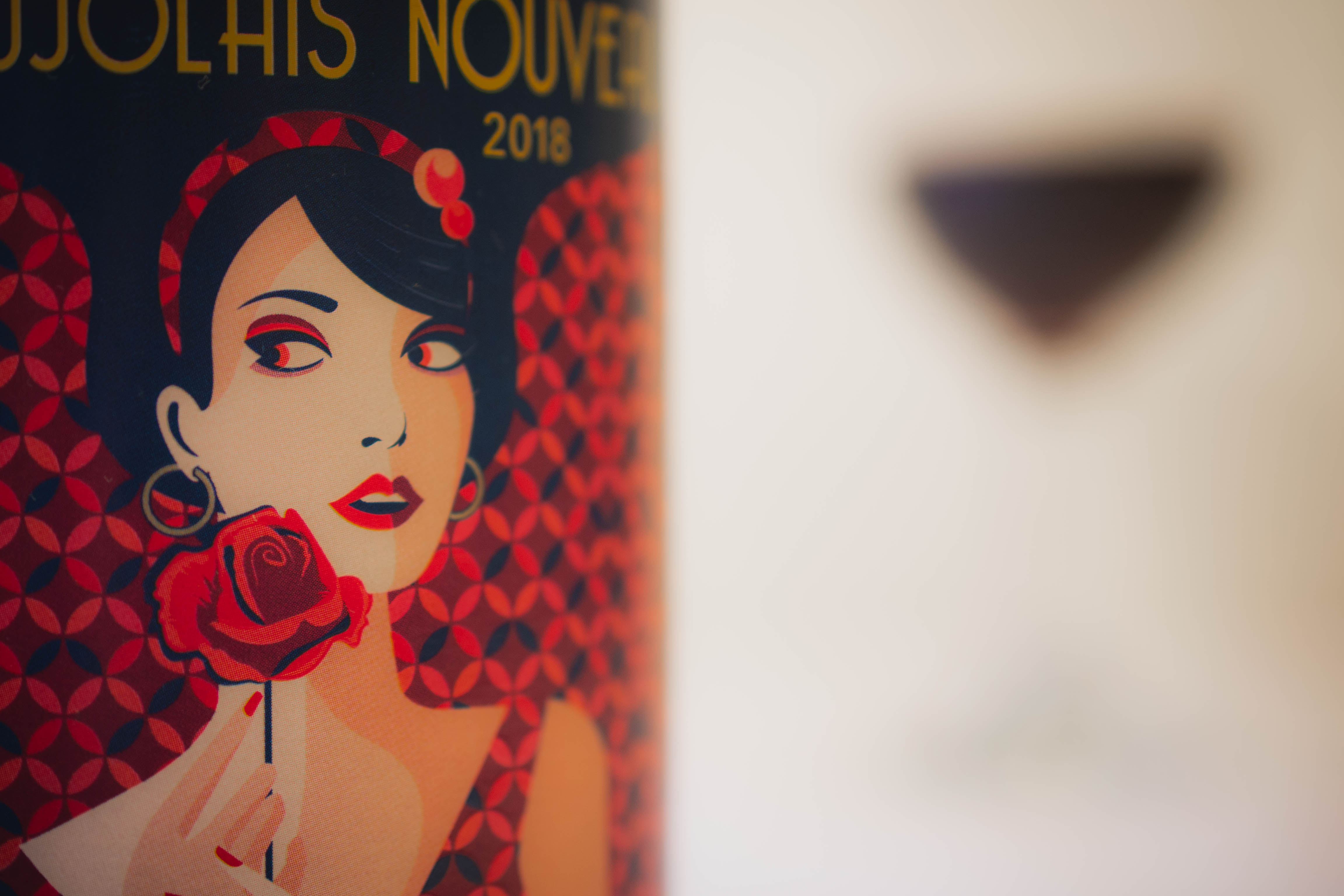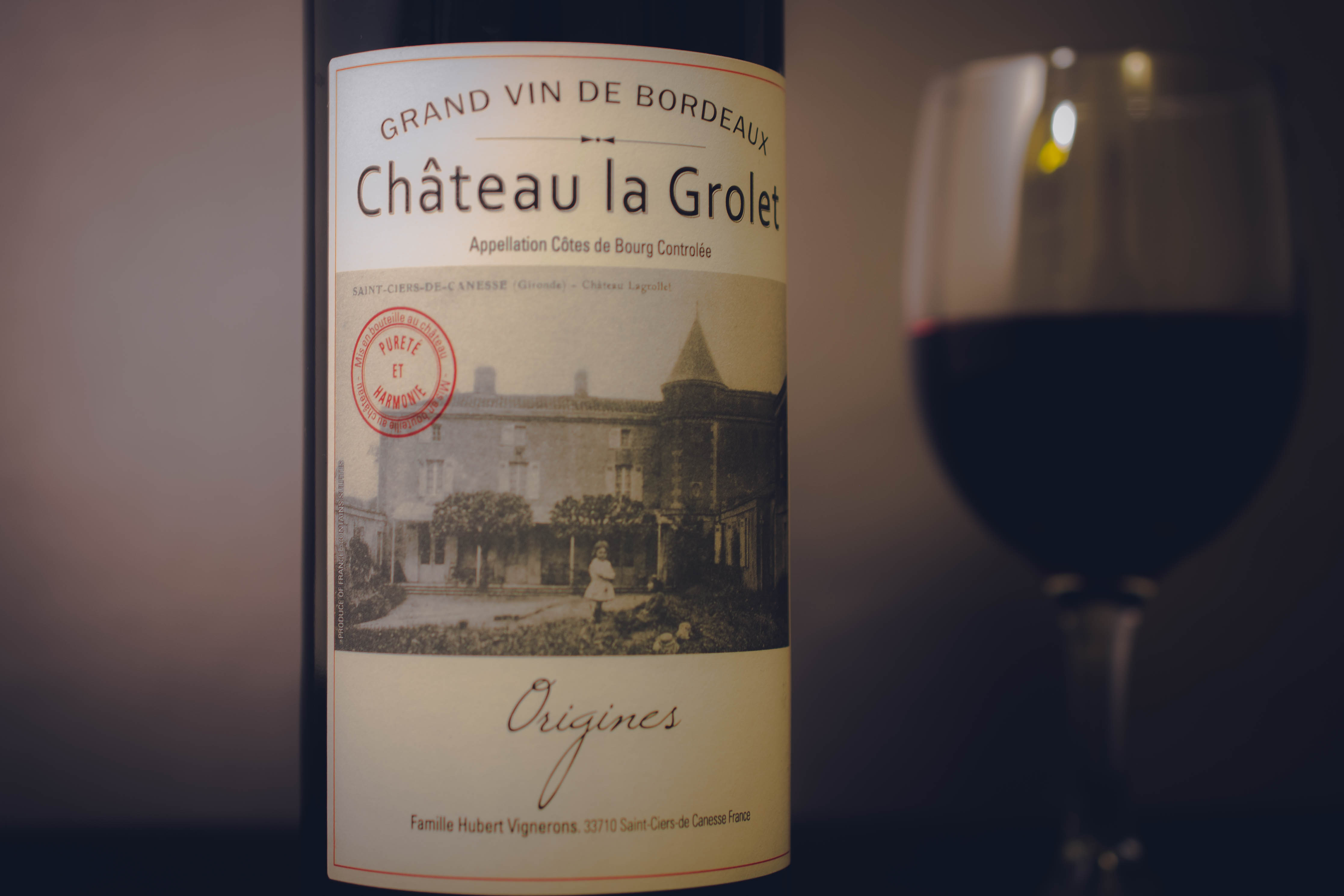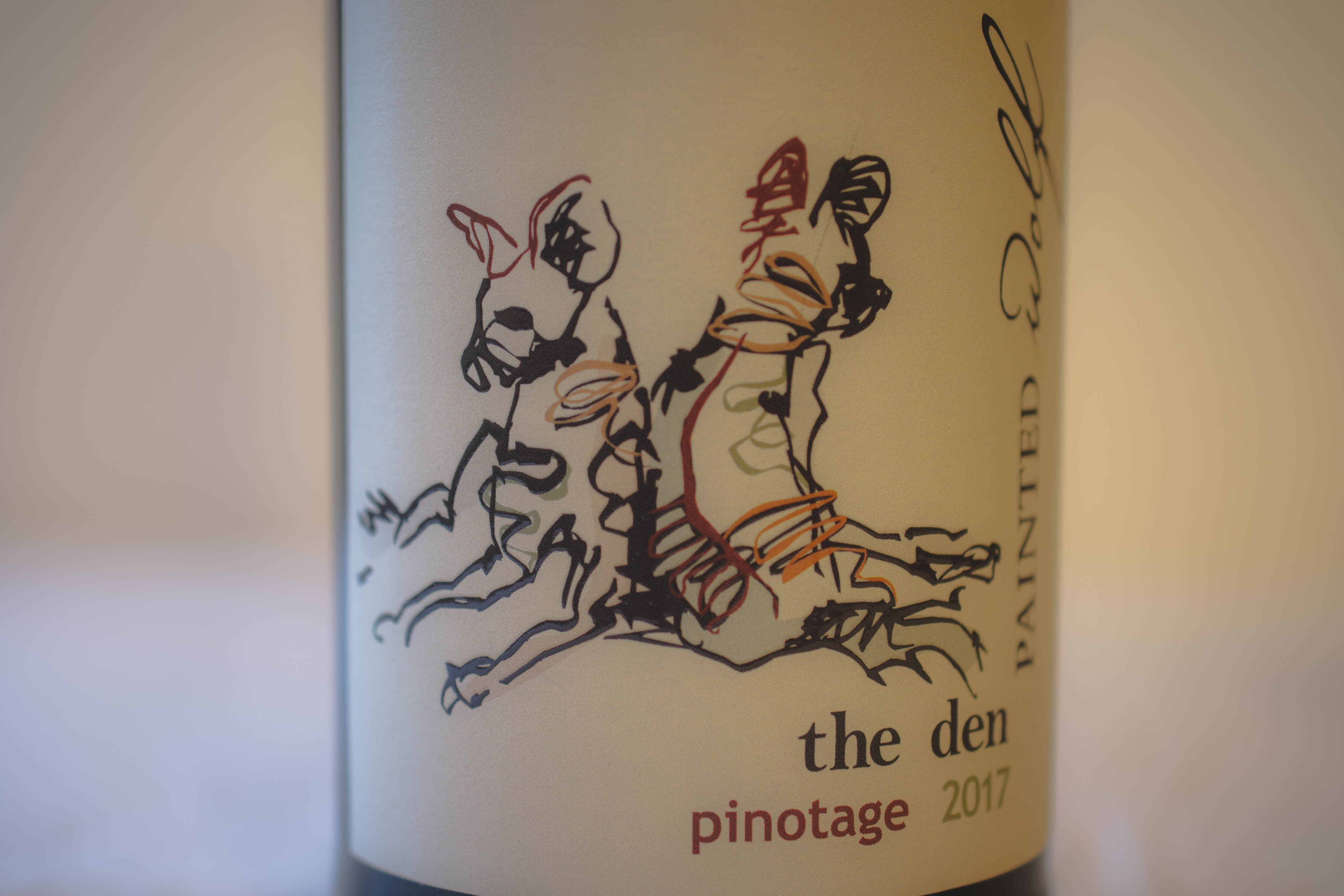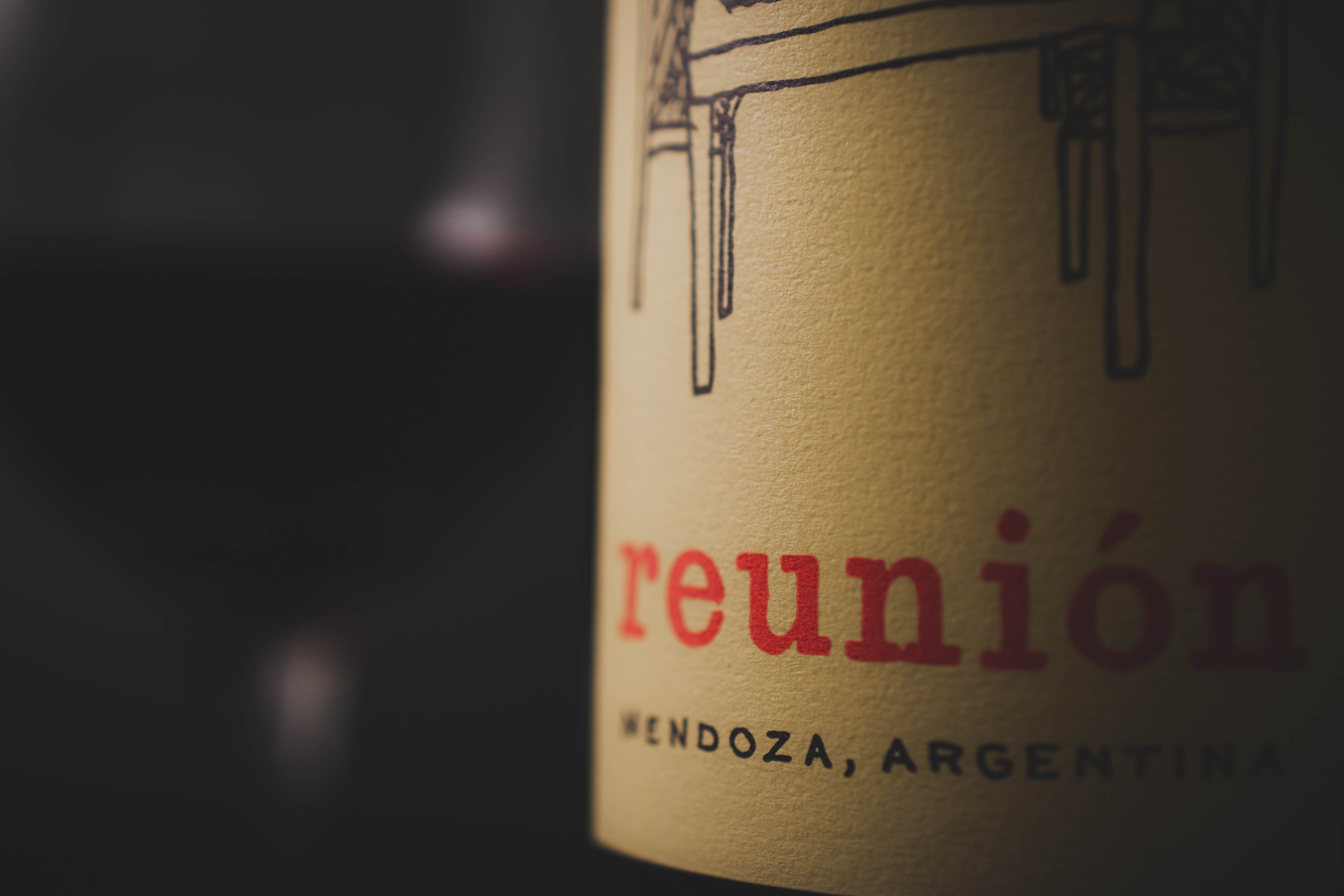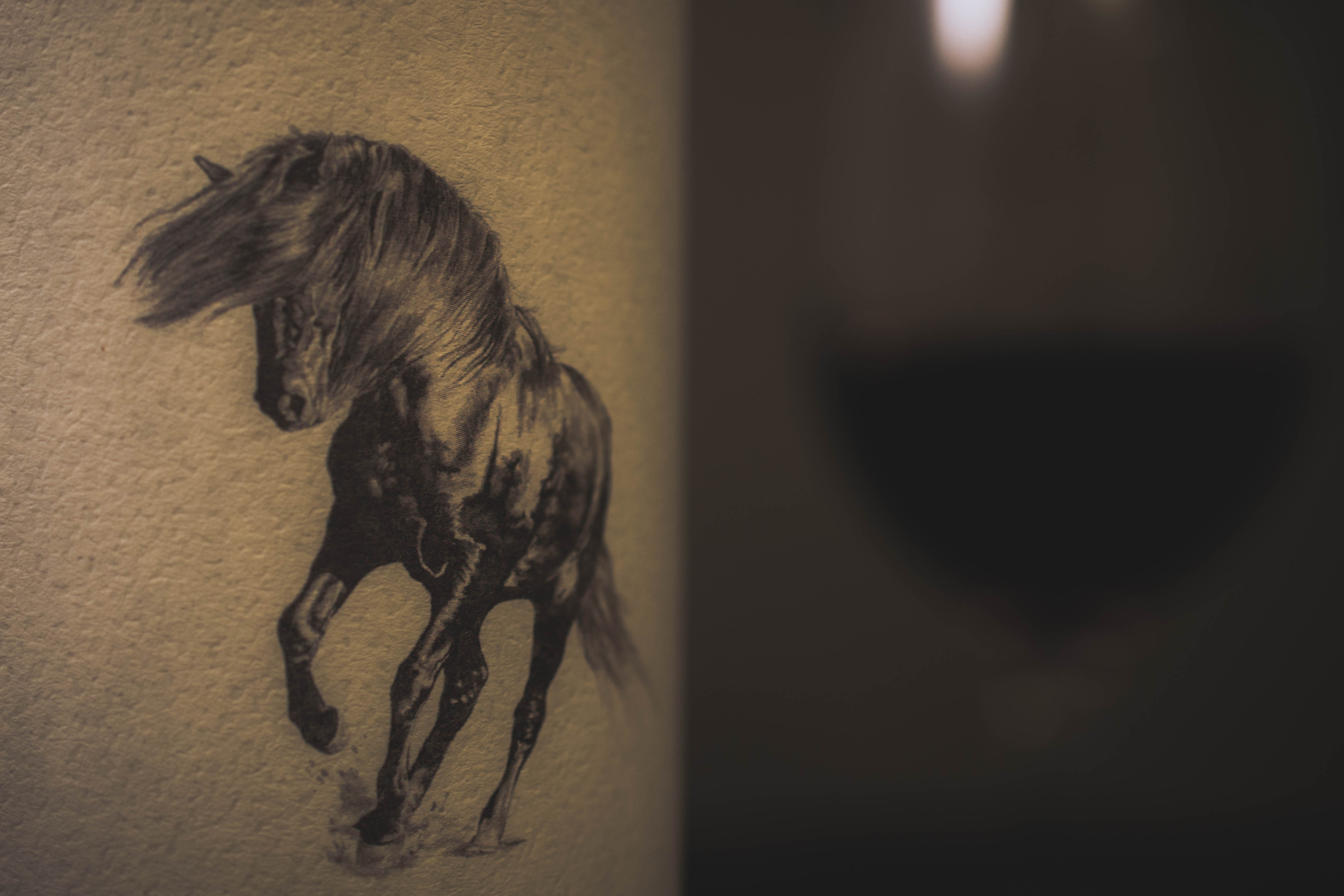I’m writing this the morning after class. We’ve hit that time in Chicago where it’s cold enough to need a jacket if you’re outside and standing still, like if you’re waiting for a bus or a train, but warm enough that you start sweating if you’re walking to or from the bus or the train while wearing a jacket. I began to feel a bit motion sick on the way home from class, even in just tasting wine you’re still consuming a small amount of alcohol. Add that to the warm train, with it’s lurching, jerky, movements, with the heat running, and the afternoon sun pouring through the window. By the time I got to my stop I was absolutely nauseous. I walked in the door, ate a sandwich and went to sleep.
Day 2 was a lot better. The focus was on the wines of France, which is never going to make for a bad day. We began with white wines from Alsace, moving into Burgundy, the Loire, Bordeaux, and the finally into the Rhone.
To know wine is to know France, you can’t escape it. There are places in the world that have been producing wine longer, but few countries could make any credible argument for doing it as well. They are the prototype against which all other wines are compared.

At times I can be quite hard on France. They are such a force in the wine world that they overshadow many of the smaller wine producing countries. Sometimes it’s overwhelming and you just think enough is enough. It’s like watching a Hollywood movie set in LA, you just want to grab the producer and scream, “There are other places in the world, get over yourself!”
At the end of the day, they’re still consistently producing a better product than anywhere else in the world and everyone else is trying to emulate their success.
This was much easier to wrap my mind around than the content of Day 1, sure there’s a still a lot to process. I can speak somewhat knowledgeably about French wine, but there are over 300 French AOC designations. I’ll be expected to know 1/4 to 1/3 of that for the final test in this class. Not simple by name, but where it is in terms of geography, what grapes are dominant there, and what styles of wine they produce. That’s heavy stuff and it’s not limited to France, we’ll be covering Italy, Germany, Spain, Portugal, Australia, New Zealand, the United States, etc. While those other countries many not be quite as complex, there’s a still a lot to know and memorize.

To try to become more familiar with French wine and the noble grape varieties, I picked up this Vin de Pays from Binny’s on Saturday when I bought the Cabernet Sauvignon. I wanted to do a comparative tasting between the noble red grapes, of course as I learned yesterday, my cab was a blend, so I’m not sure I’ll get what I want out of this particular exercise.
This Syrah comes from Domaine Yves Cuiilleron in the Northern Rhone, and, as I mentioned before, is a Vin de Pays, or “country wine.” The grapes utilized here are not the best of the harvest and the standards of production are not as rigorous as they would be in an AOC wine. However, it’s still a class above Vin de Table, or table wine.
Despite the lesser designation, I was quite happy with this wine:
Color: Clear, deep purple.
Aroma: Medium (-) intensity, blackberry, blueberry, forest floor, earth, barnyard, leather.
Palate: Dry, medium acidity, fine medium (+) tannin, medium alcohol, medium body, and medium intensity. Jammy, blackberry, black currant, black plum, “Boo Berry,” leather, and wet leaves. Medium (+) finish.
Quality: Very good, the tertiary flavors were not dominant, but still present. I think it could benefit from a short amount of ageing, but the low acidity makes me cautious about letting it sit for more than a couple of years.
Winemaking process: I didn’t pick up on any flavors or aromoas that would signal oak. Also, the color still is quite purple, which leads me to think it has seen limited oxygen contact, so I believe this would have only sat in inert vessels, probably stainless steel. Any speculation beyond that will require further study on my part, but I’ll take a stab at it.
The alcohol on this was comes in at 12.5% abv, which, while still classified as medium, is quite low. This suggests a cooler climate, which is consistent with the Northern Rhone. The best sites here would be on Southern facing hills, as a Vin de Pays, these grapes probably would have been from the base of the hills, or land between them, and more likely machine harvested than pulled by hand… oh my god, I need to read a lot more.

Day 3 is coming up this Saturday, I will probably make one or two updates between now and then, as I’m studying and comparing wines. If my nose isn’t in a glass, it needs to be in a book.
I wonder if the instructor would accept “Boo Berry” as a tasting note on the exam…
